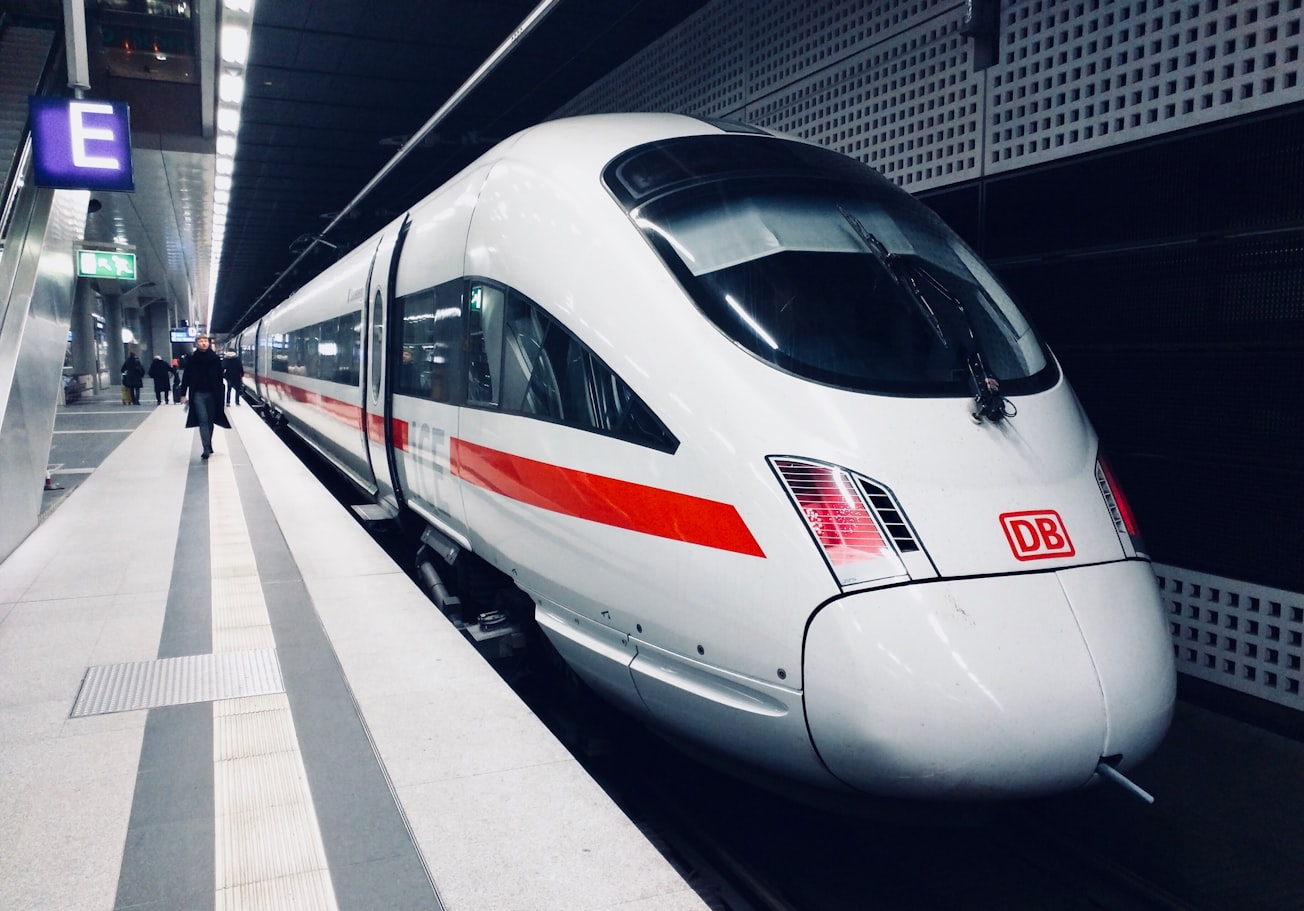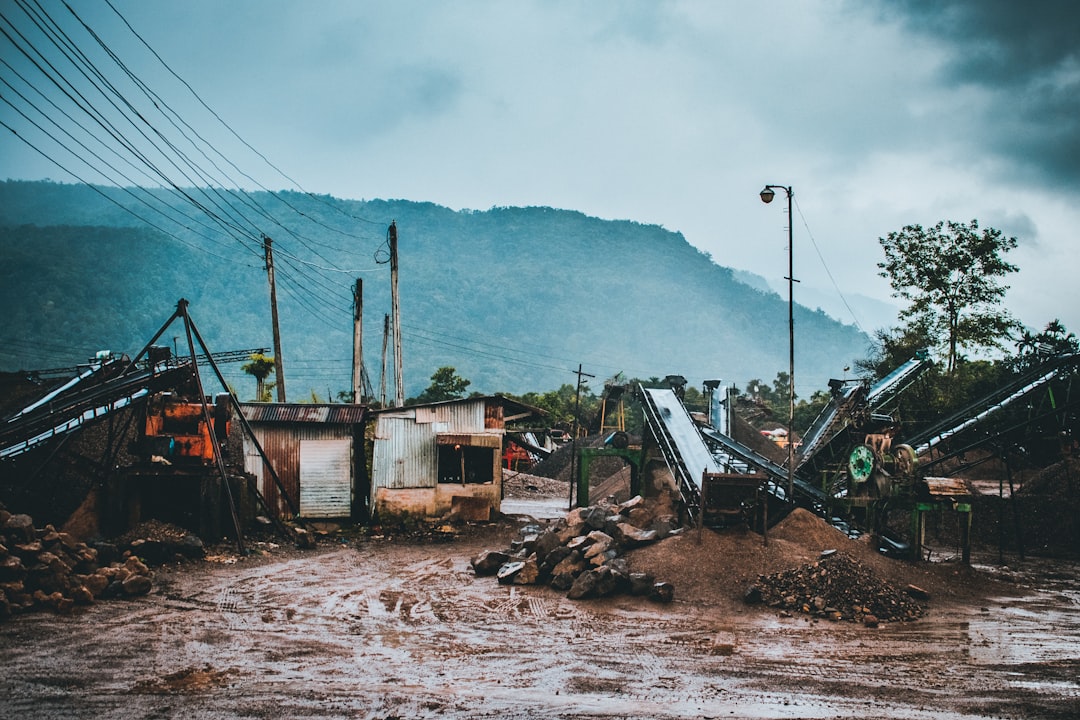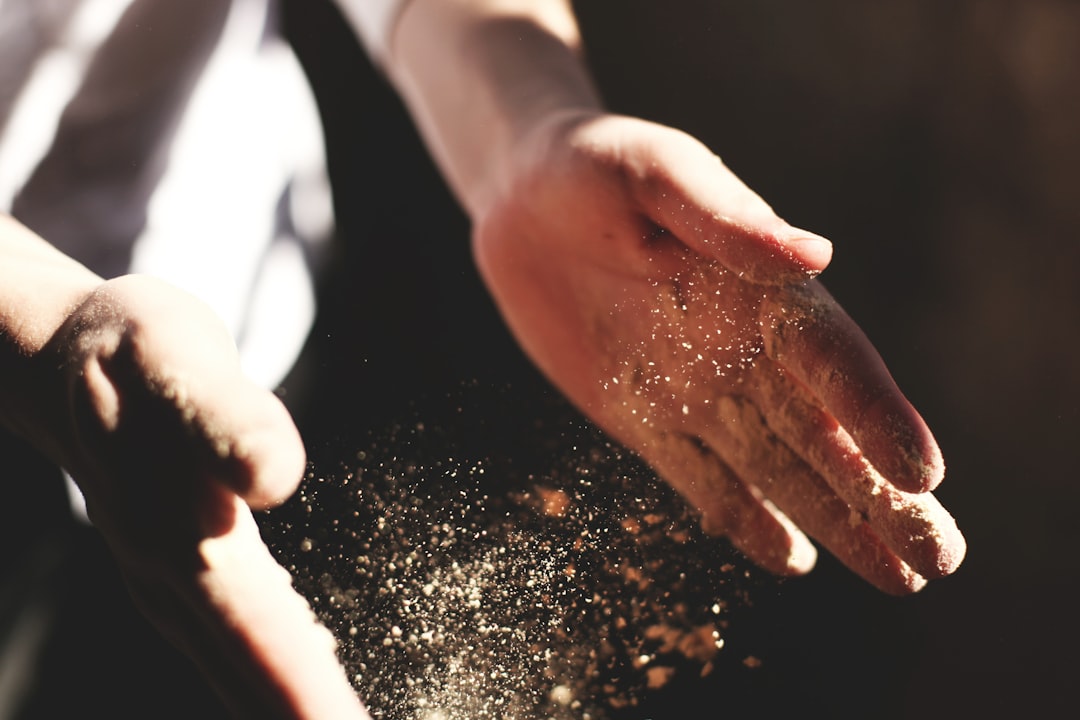What is it about?
During the ballast impact on train carbody, the relative velocity between the ballast stone and the train reaches in the range of [33.33, 61.11] (unit: m/s). The impact velocity is significantly higher than that assigned during low-velocity impact test. This dissimilarity is crucial and it significantly affects the damage behaviors in both the ballast impact and CABI tests compared to low-velocity impact tests. However, recent studies on high-speed impact provided the final damaged specimens, and the post-treatment of these samples with only limited information. Therefore, numerical investigation has been performed in this study to better understand the fundamental damage mechanism of high-speed ballast impact for CFRP laminates. It can provide vital insights for the impact-resistance assessment during the design stage of high-speed train carbodies.
Featured Image

Photo by Daniel Abadia on Unsplash
Perspectives
Although only the vertical ballast impacts have been investigated in this study, the non-vertical ones are more likely to occur in realistic cases. Considering the angle between the directions of train movement and flying ballast is of great importance that will help to understand the shear damage mechanism during high speed ballast impact for CFRP laminates. The extension of the proposed protocol will systematically be investigated for the non-vertical ballast impacts. Furthermore, the set-up of an experimental system for high-velocity ballast impact meets two key challenges that require: (i) a precise control of the ballast impactor, (ii) a robust measurement of impact responses (i.e. impact force and energy) for CFRP laminates. A reliable testing platform for high-velocity ballast impact test is also required to possess an appropriate air gun machine with additional relatively high-speed acquisition devices. These challenges will be untangled in our future work to completely understand the damage behaviors of composite laminates during high-speed impacts.
Dr Thaneshan SAPANATHAN
Curtin University, Curtin Corrosion Centre, Faculty of Science and Engineering
Read the Original
This page is a summary of: On the damage mechanism of high-speed ballast impact and compression after impact for CFRP laminates, Composite Structures, December 2019, Elsevier,
DOI: 10.1016/j.compstruct.2019.111435.
You can read the full text:
Contributors
The following have contributed to this page










